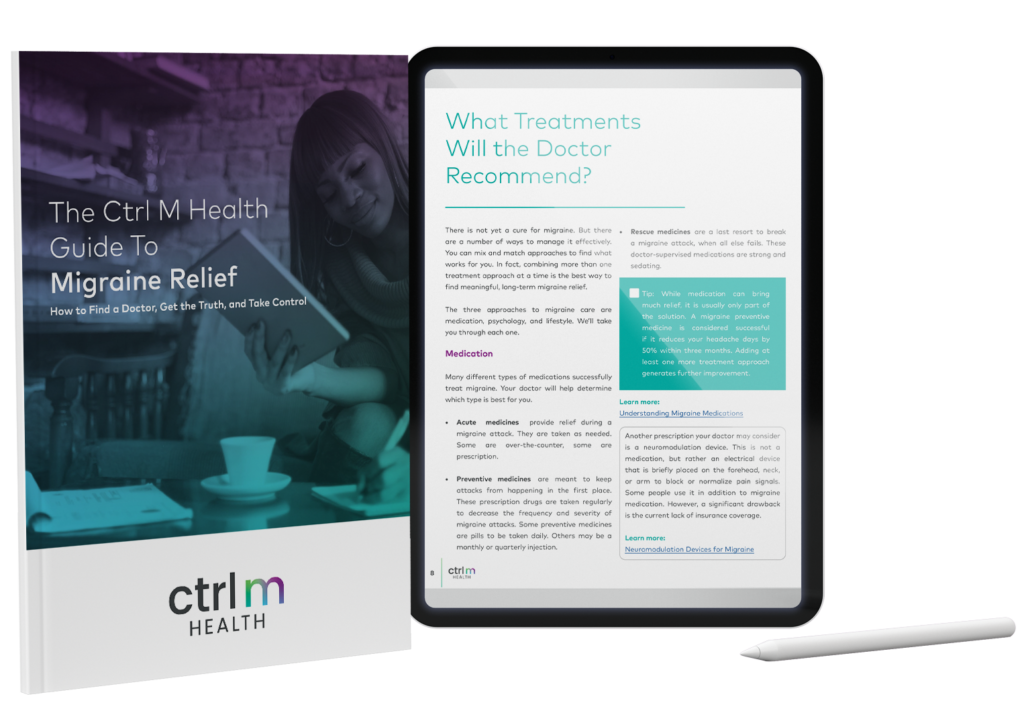
We all know what stress feels like. The heartbeat quickens, breathing turns shallow and palms get clammy until the crisis passes. Back in the prehistoric era, that reaction was our ticket to survival. When danger appeared — say, a saber tooth tiger — our bodies would flood with biochemicals that gave us a temporary burst of focus and strength, allowing us a shot at either fighting or running for our lives. That “fight or flight” response worked so well that over time, human bodies evolved to kick into high gear as efficiently as possible at the first sign of stress in the mind.
Nowadays, the day-to-day threats we face are different than when we were cavepeople, but that survival reflex is the same, making it important to know how stress affects the mind and body. Our bodies surge with adrenaline and cortisol. Non-urgent functions shut down, like digestion and higher-order thinking. Never mind that all that may have happened was a reprimand from your boss or a dinner invitation from your in-laws. From your body’s point of view, a threat is a threat.
The problems arise when we can’t switch that stress response off. If your mind doesn’t get a break from stress, your fight-or-flight response fires up again and again. That puts your body through the wringer. Chronic stress contributes to high blood pressure, obesity, heart disease, and diabetes, as well as digestive and immune disorders. It also plays a large role in migraine.
We can’t eliminate the stress response, since it’s powerfully hard-wired into our bodies. But fortunately, there is a way to exert control over that response by learning how to meet that mind-body stress with a calming response. By doing so, you can actually reduce the frequency and intensity of migraine. It’s a brain-training technique that takes two forms: Mindfulness and relaxation.
Mindfulness Training to Overcome How Stress Affects the Mind and Body
“Mindfulness” means intentionally being in the present and using all your senses, without judgment. Let’s unpack that:
-
- Being in the present: The mind has a tendency to spiral into anxious thoughts about the future (which no one can control) or the past (which can’t be changed). The challenge of mindfulness is to control our attention by focusing on the present moment.
-
- Using all your senses: To focus on the present, we turn our attention to all the things happening in the moment. That includes what’s happening internally (body sensations, breath, thoughts, emotions) and externally (sounds, sights, smells).
-
- Without judgment: When an unpleasant emotion arises, or your attention drifts—as it will—just notice it with neutral acceptance, then turn your attention back to the present.
You can practice mindfulness at any moment of your day, as many times as you’d like.
The formal practice of mindfulness is known as meditation. “Meditation” may sound intimidating; you might imagine a cross-legged guru on a mountaintop becoming one with the universe. Generally, that’s not what meditation looks like! Meditation is more often the process of turning your distracted attention back to the present, over and over again. This helps you find a balance that can exert some control over how stress affects the mind and body.
Some people find it helpful to practice through guided meditation, in which the sound of someone’s voice keeps you engaged and on track. Others prefer the meditation component of exercises like yoga, tai chi and qigong. However you choose to train your brain, each time you do it, you’re building up your calming response.
Relaxation Training
Another approach to counterbalance the stress response is relaxation training, which moves its focus to the body. The goal is to pay close attention to your breath or muscles so that you actually reduce tension. And where the body goes, so does the mind, creating thoughts that are slower or more pleasant. Common relaxation techniques include:
-
- Biofeedback: Think of this as medically-guided meditation, in which your body gives you real-time “feedback” on your progress. Working with a healthcare professional, you’re hooked up to a monitor displaying your heart rate, breathing rate, and sweat activity. Then, using deep-breathing techniques, you control your breathing rate, rhythm, and volume — self-adjusting to slow down your heart rate and relax your muscles. Sound crazy? It’s crazy enough to work: Studies have shown biofeedback to be highly successful for migraine management.
-
- Progressive Muscle Relaxation: In this approach, you squeeze and relax your muscles, one muscle group at a time, while focusing intently on their sensations and physical states. The goal here is to learn to tell the difference between various muscle states. That way, when you sense muscle tension coming on, it becomes a cue to counteract it with a relaxation response. When guided by a healthcare professional, progressive muscle relaxation has been shown to reduce both migraine frequency and days per month by over 40 percent.
If you’re wondering which technique you should work on to reduce how stress affects the mind and body—mindfulness vs. relaxation training—bear in mind that one technique isn’t better than the other, it’s just a question of having the right tool for the job. Typically, the mental work of meditation is the best tool for migraine prevention, while the physicality of relaxation makes it the best tool for when you’re in the throes of migraine. Bottom line: If you work on both approaches, you’ll have both at your disposal for when you need them.
Learn some helpful stress reduction techniques in this article? Find out how to put them to use in your daily life with “The 4-Step Guide to Stress Management for Migraine.”
The Care Tuner Guide to Migraine Relief
Untreated migraine tends to worsen over time, so if you suspect you have migraine, it’s important to get help. We’ve compiled everything you need, including what to expect, pitfalls to avoid, and what you can do right now to get relief.






